UV DTF (direct-to-film) decals have completely changed the game when it comes to applying a custom design and will continue to do both very well in the years to come. Whether you want to personalize tumblers, create custom stickers, or make pretty wraps whole it comes down to UV DTF decals.
This tutorial will walk you through the process of how to make UV DTF decals from start to finish and cover everything in between — from materials required to application tips. Along the way, we’ll also touch on UV DTF cup wraps and stickers. Let’s get started!
What You Need to Make UV DTF Decals
Before you proceed to create your UV DTF decals, there are materials you need to have. To be sure that your decals come out crisp, vibrant, and long-lasting, you'll need to use special tools and supplies.
- UV Flatbed Printer: Currently, it is essential for printing high-quality UV DTF decals. This means we can directly print on film sheets.
- UV DTF Film: Specifically, it’s a type of film that lets you print your design. It is intended to receive UV inks and transfer them onto different types of material.
- UV Adhesive: It helps to stick designs onto things like tumblers, cups, or stickers.
- UV Curing Lamp: Used to harden the adhesive and set the ink, so that it will be durable, as well as long-lasting.
These materials will form the backbone of your UV DTF decal creation process, ensuring you can make a variety of products like UV DTF stickers or UV DTF wraps.
Also Read: What is a DTF Printer? Understanding the Technology Behind DTF Printing
How to Make UV DTF Decals Step-by-Step Process
Creating UV DTF decals involves a few key steps. Once you’ve gathered your materials, you’re ready to begin the process:

- Design Your Decal: Design your decal using software such as Adobe Illustrator or CorelDRAW. It lets you make custom shapes, logos, or artwork to fit your special purpose.
- Prepare the Film: You can place the UV DTF film on the UV flatbed printer. Check to make sure the film is properly aligned and secure before you start to print.
- Print the Design: The flatbed UV printer can then be used to print directly onto the film, with your design. The printer uses UV inks that cure instantly with UV light and therefore deliver brilliant and permanent print quality.
- Apply UV Adhesive: After the design is printed up, sandwich the film between pieces of paper and apply a thin layer of UV adhesive to the film. The decal will adhere to your selected surface based on this.
- Transfer to Surface: Once placed onto the object you want to customize, in this case, a cup or tumbler, add the film. Solidly push on this to get a good adhesion to the surface.
- Cure Under UV Light: Adhesive, as well as ink, are hardened using a UV curing lamp and set. It all takes a few seconds, and once it is cured your design is permanent.
- Peel Away the Film: Gently peel away the film after curing, with the design adhered perfectly to the surface.
This simple process allows you to create vibrant, durable decals for a variety of uses. Whether how to make UV DTF transfers for shirts or UV DTF cup wraps, the steps remain largely the same, ensuring consistency across your designs.
How to Make UV DTF Cup Wraps with a Sublimation Printer
In addition to the traditional method, you can also use a sublimation printer to create UV DTF cup wraps. While a UV flatbed printer is ideal, a sublimation printer can be a more cost-effective option for smaller businesses or DIY enthusiasts.
Here’s a quick guide on how to make UV DTF wraps with a sublimation printer:
- Design Your Wrap: Like the UV DTF method, build your wrap in graphic design software first.
- Print onto Sublimation Paper: Use your sublimation printer to print your design onto sublimation paper.
- Transfer onto UV DTF Film: Transfer the printed design onto the UV DTF film using a great deal of care.
- Apply UV Adhesive: Again, this has the same results as applying UV adhesive to guarantee it sticks to the surface.
- Wrap the Object: Have your design wrap around a cup, tumbler, or bottle.
- Cure with UV Light: Cure under UV light for a long-lasting vibrant finish.
Using this method, you can create stunning, durable UV DTF cup wraps without the need for a specialized UV flatbed printer.
Also Read: What Does DTF Mean in Printing? Discover the Growing Trend in Apparel Decoration
How to Make UV DTF Stickers
To make UV DTF stickers, follow these steps:
- Design the Sticker: You design your design using graphic design software like Adobe Illustrator or CorelDRAW.
- Print the Design: Print the design with a UV flatbed printer onto a UV DTF film. Ink is cured instantly with UV light by the UV printer, giving you a vibrant and durable print.
- Apply UV Adhesive: When you want to print, apply UV adhesive to the back of the film. That will hold the sticker to other surfaces.
- Cure Under UV Light: The ink takes a set with a UV curing lamp and the adhesive is hardened with the same UV curing lamp. This will help you ensure the sticker is ready for long-term use.
- Peel and Apply: peel off the protective film, and apply the sticker to your desired surface. This results in beautiful custom UV DTF stickers that are durable for all kinds of uses!
How to Apply UV DTF Transfers to Shirts
Applying UV DTF transfers to shirts follows a similar process as cup wraps or decals, but with a few tweaks to accommodate fabric surfaces. Here’s a step-by-step guide to apply UV DTF transfers to shirts:
- Prepare the Shirt: Make sure the shirt is clean and smooth with no wrinkles. This will allow the transfer to stick.
- Position the Transfer: Put the UV DTF transfer on the shirt with your intended position on it.
- Apply Heat: Unlike in UV lamp hard surfaces, DTF transfers on fabric are applied with a heat press. The heat press’s temperature is set according to the kind of fabric used (normally about 320°F for cotton).
- Press Firmly: So, press down for about 10 - 15 seconds to get the transfer to go on well.
- Peel Away Film: After cooling, cut the transfer film off with a pair of scissors, after which you will have a design of the shirt itself.
UV DTF transfers on shirts are durable and offer a smooth finish, perfect for custom apparel designs.
How to Apply UV DTF Transfers with Iron
Don’t have a heat press? No problem! You can still apply UV DTF transfers with a household iron. Here’s how:

- Position the Transfer: The UV DTF transfer goes on the fabric where you wish the design to be.
- Set the Iron: Put your iron on high heat (most often cotton or linen). Make sure that the steam function is switched off.
- Cover with Parchment Paper: Finally, place a sheet of parchment paper over the transfer to protect it.
- Iron the Transfer: In 10-15 seconds, press down with the iron and make sure you press it with even pressure over the whole design.
- Cool and Peel: Peel the film away after your design has cooled slightly, you will then see your UV DTF transfer.
While a heat press is ideal, an iron provides an accessible alternative for applying UV DTF decals at home.
Also Read: How to Print DTF Transfers? Learn the Correct Technique for Best Results
Conclusion
Now that you know the ins and outs of how to make UV DTF decals, it’s time to get started. Whether you’re creating custom stickers, cup wraps, or transfers for shirts, this method offers endless possibilities for creative designs. With the right tools, you can craft durable, vibrant decals that stand the test of time.
If you want to learn more about DTF, visit DTFNC.
FAQs
-
What do I need to make UV DTF wraps?
To make UV DTF wraps, you need a UV flatbed printer, UV DTF film, UV adhesive, and a UV curing lamp. They make sure your wraps get printed with vibrant colors and it doesn’t lose its durability.
-
Can UV DTF be used on tumblers?
Yes, UV DTF can be applied to tumblers. Carrying UV DTF wraps features new tumblers that are perfect for getting custom designs on tumblers that are durable, water resistant, and great for everyday use.
-
How are UV DTF stickers made?
UV DTF stickers are made with a design printed on UV-DTF film using a UV flatbed printer. Once the sticker is applied, you apply UV adhesive and cure the sticker under UV light before it’s ready to be used on any surface.
-
What is a UV DTF cup wrap?
UV DTF cup wrap is a personalized decal that is to be wrapped in cups or cups. With it, you can do full surface decoration for that complete high quality, vibrant design that won’t wear out.
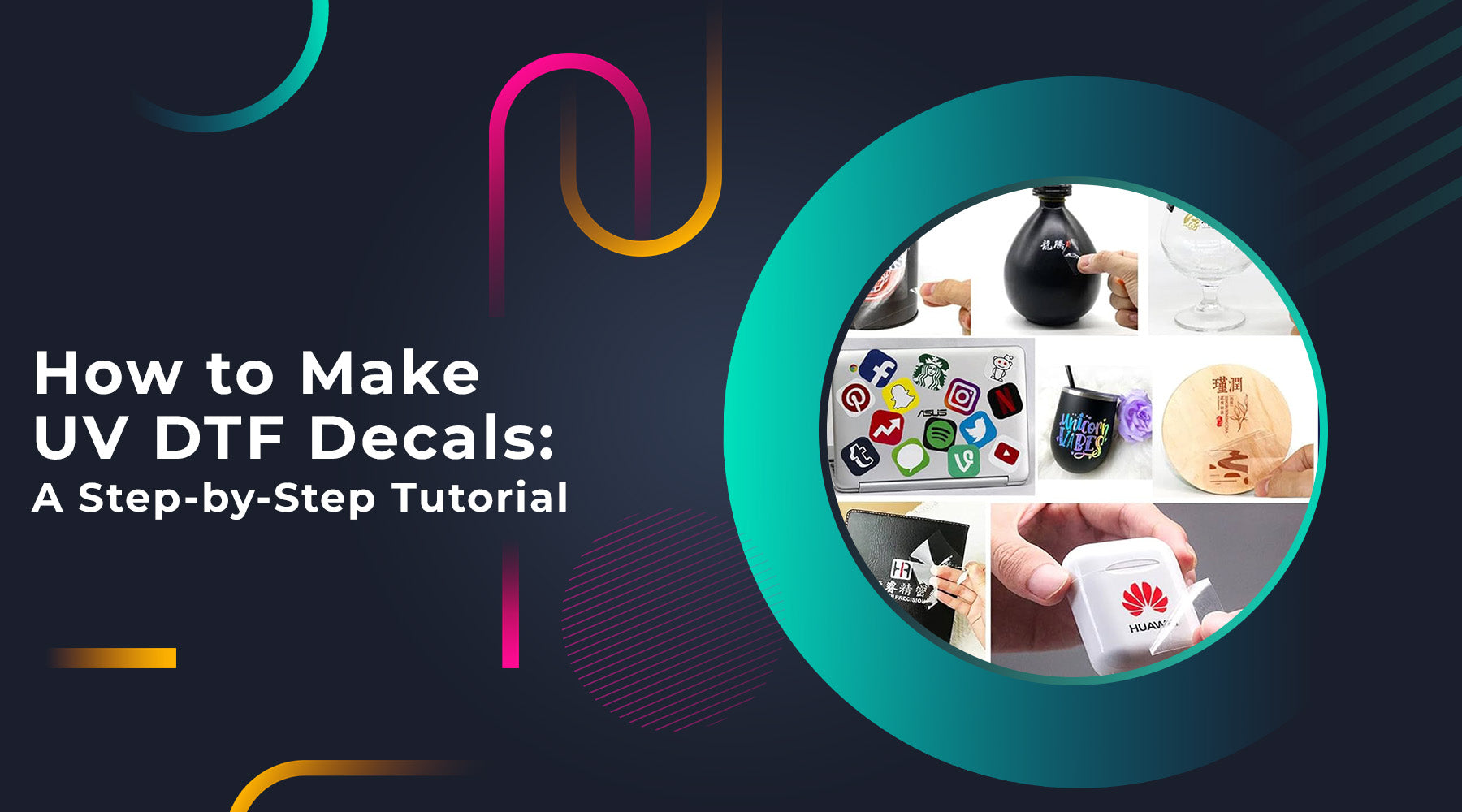
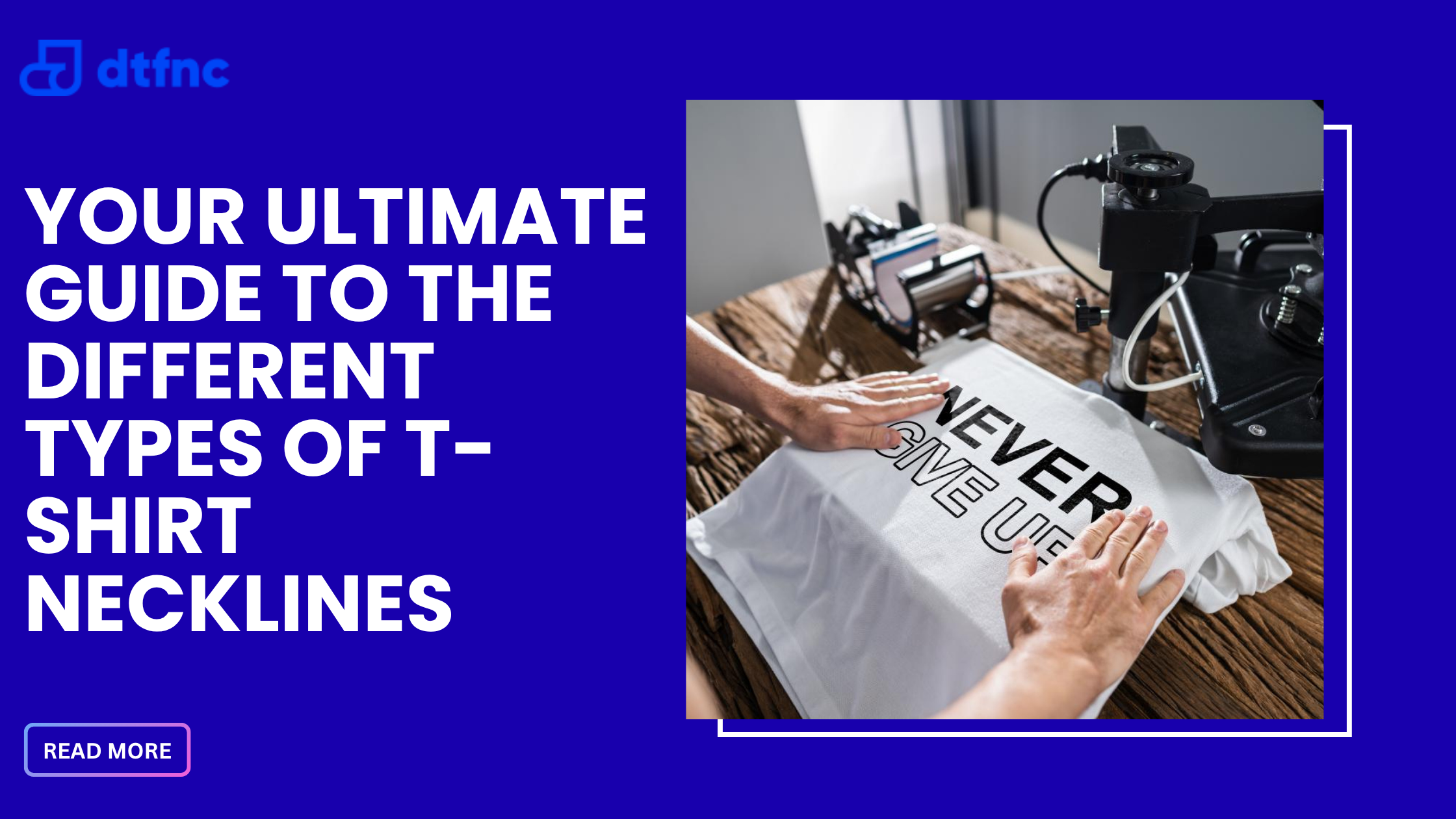


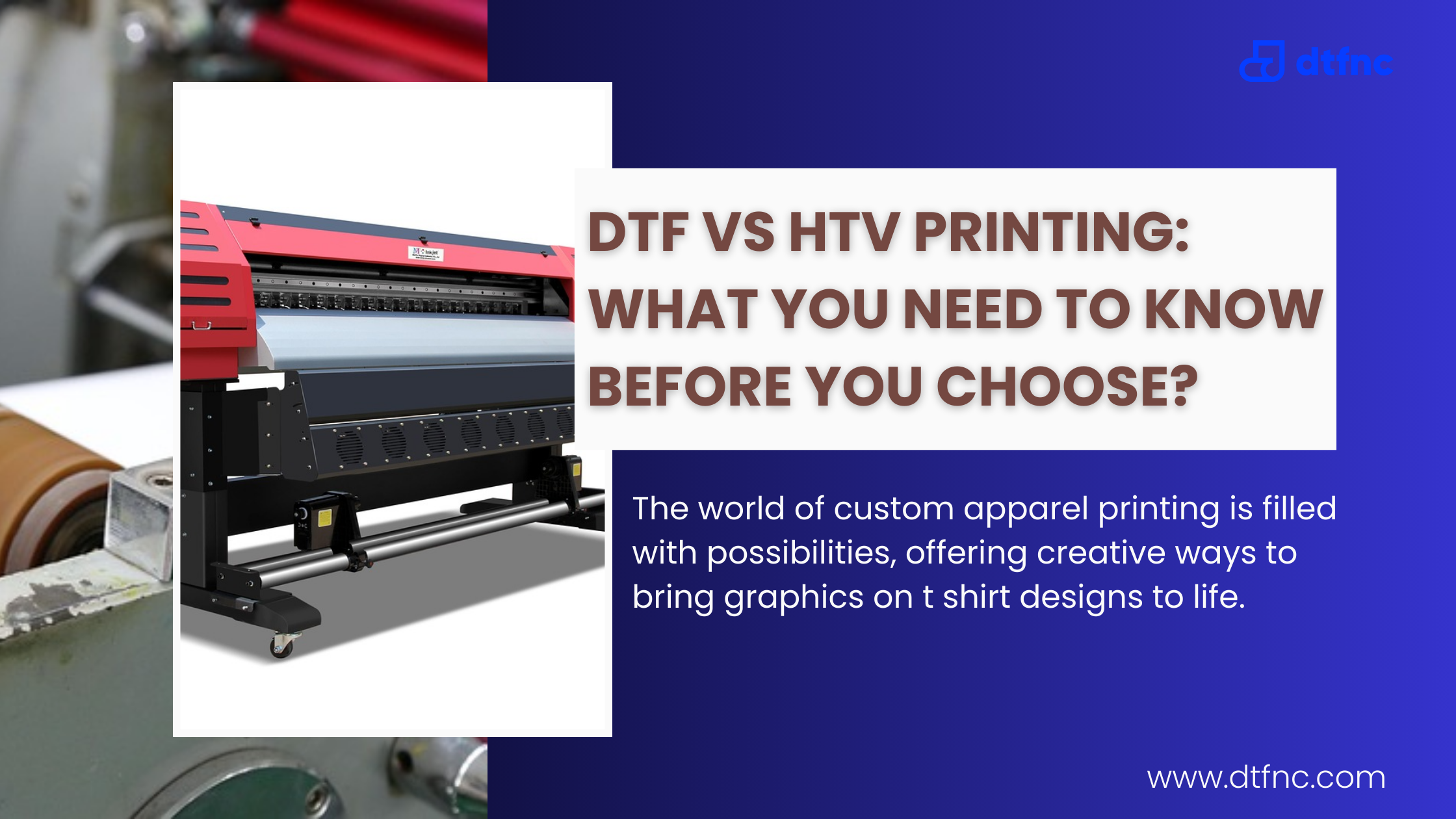
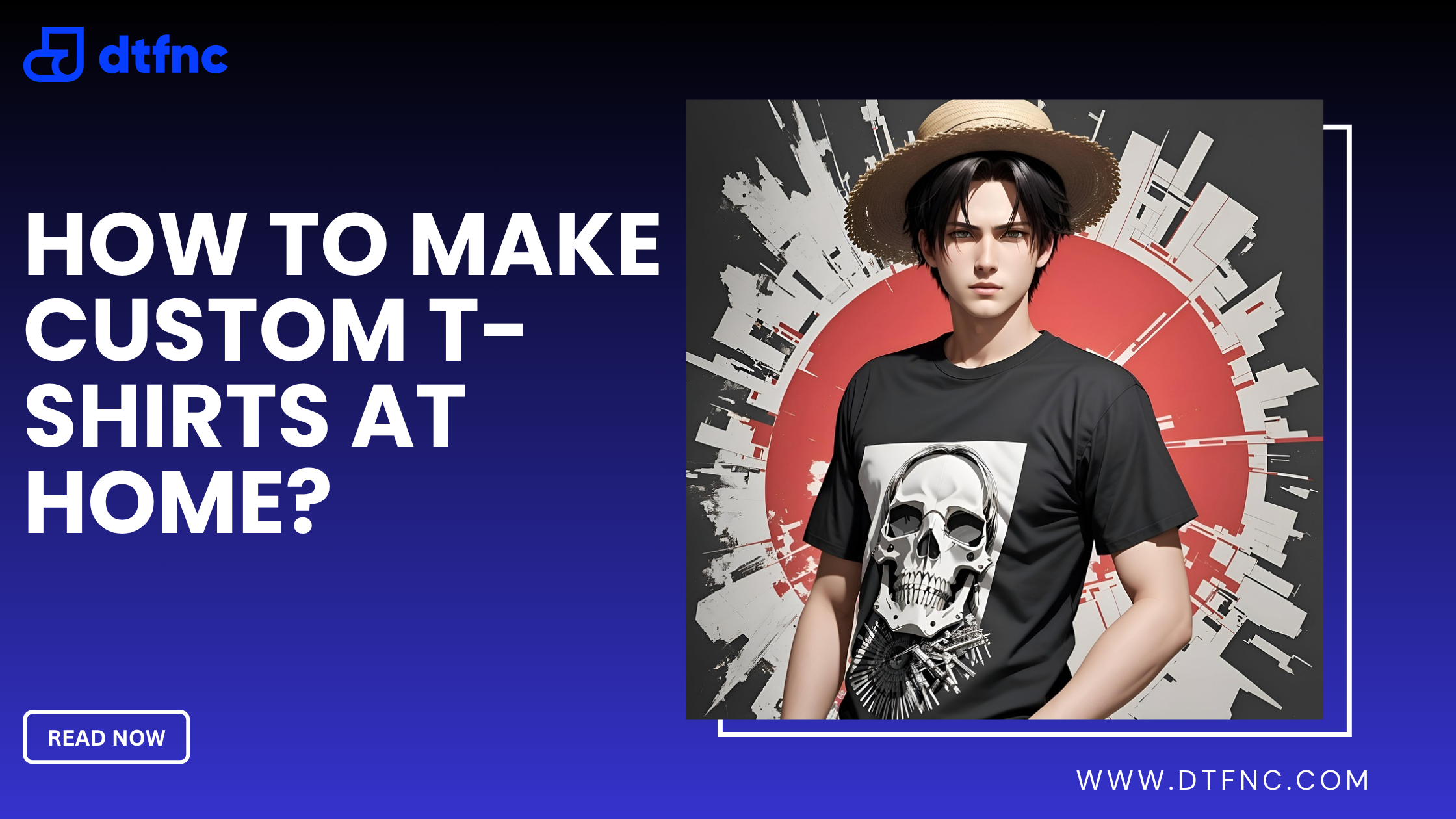

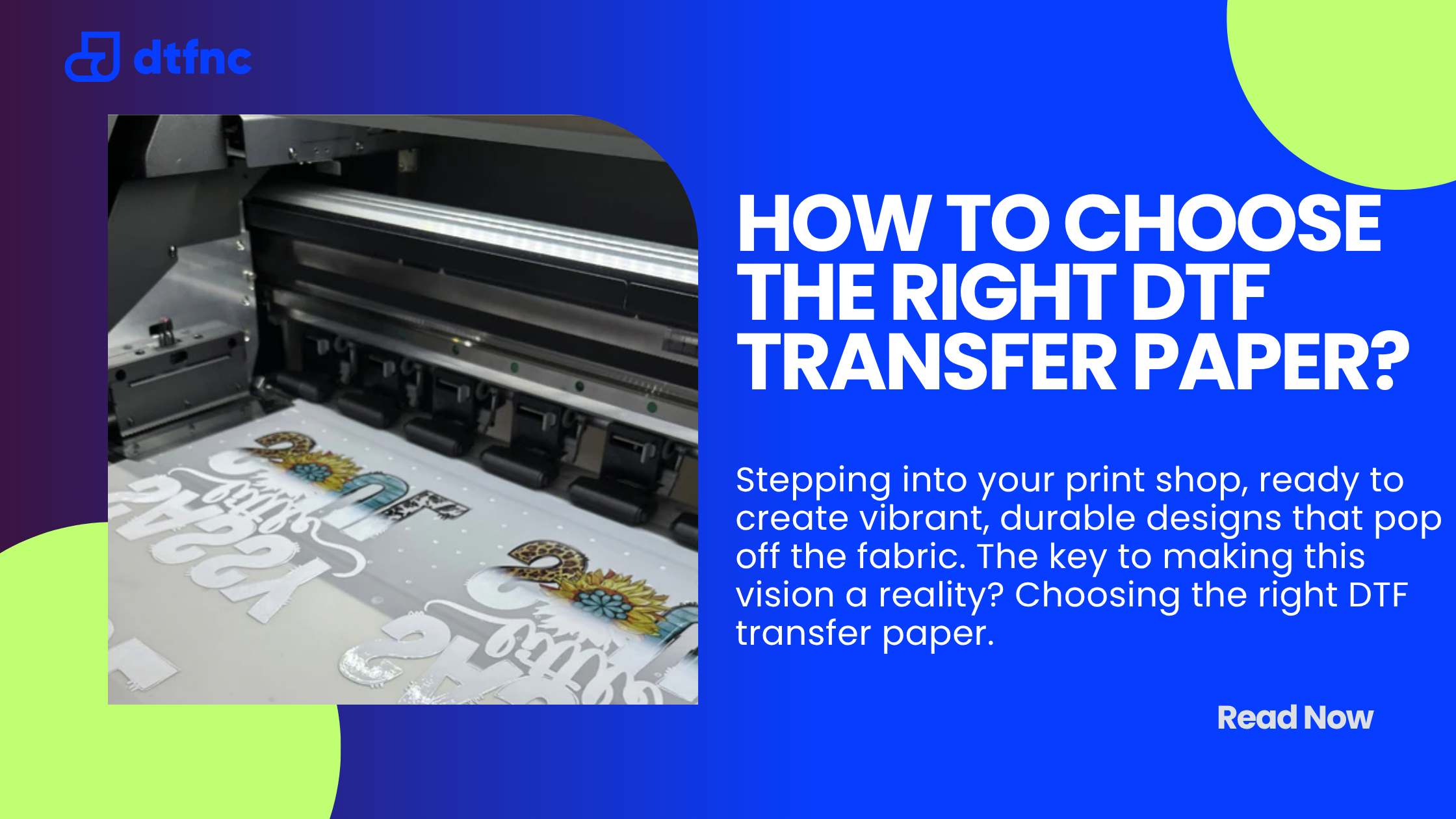
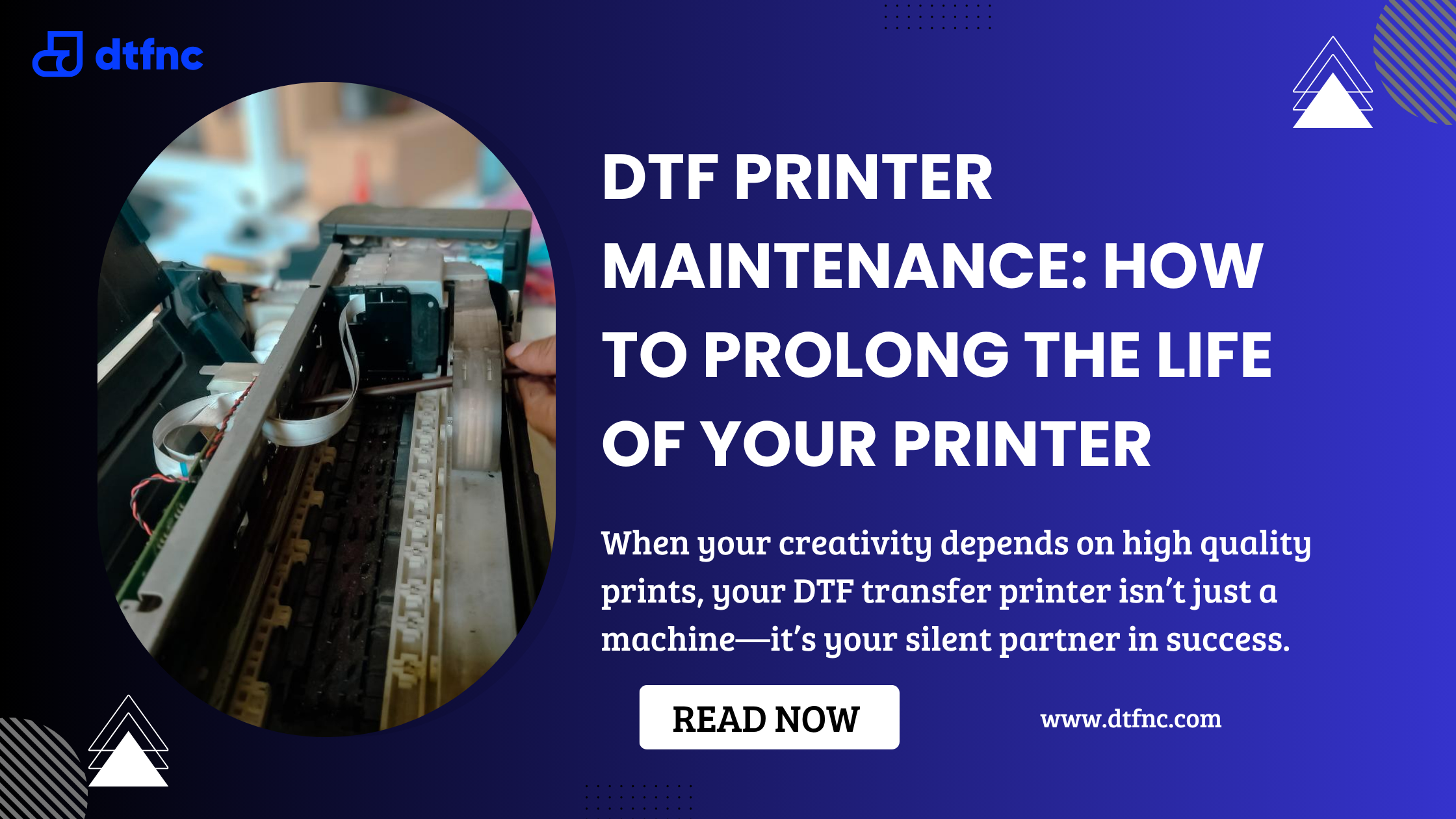
14 comments
MichaelArity
Getting it upon requital, like a well-wishing would should
So, how does Tencent’s AI benchmark work? First, an AI is foreordained a tinker with grounds from a catalogue of via 1,800 challenges, from characterization materials visualisations and царство завинтившемся возможностей apps to making interactive mini-games.
Certainly the AI generates the customs, ArtifactsBench gets to work. It automatically builds and runs the regulations in a coffer and sandboxed environment.
To appoint to how the reminder behaves, it captures a series of screenshots upwards time. This allows it to corroboration against things like animations, asseverate changes after a button click, and other unshakable benefactress feedback.
In the issue, it hands terminated all this blurt out – the correct importune, the AI’s cryptogram, and the screenshots – to a Multimodal LLM (MLLM), to law as a judge.
This MLLM encounter isn’t right giving a perplexing философема and a substitute alternatively uses a trivial, per-task checklist to swarms the d‚nouement upon across ten disconnected metrics. Scoring includes functionality, purchaser conclusion, and give someone a kick with aesthetic quality. This ensures the scoring is trusted, in conformance, and thorough.
The expansive producer is, does this automated reviewer justifiably safeguard disinterested taste? The results make one concluded it does.
When the rankings from ArtifactsBench were compared to WebDev Arena, the gold-standard dedicate where existent humans ballot on the choicest AI creations, they matched up with a 94.4% consistency. This is a vast gain from older automated benchmarks, which at worst managed hither 69.4% consistency.
On where a certain lives stress in on of this, the framework’s judgments showed more than 90% unanimity with accomplished responsive developers.
[url=https://www.artificialintelligence-news.com/]https://www.artificialintelligence-news.com/[/url]
MichaelArity
Getting it manage, like a partner would should
So, how does Tencent’s AI benchmark work? Earliest, an AI is foreordained a nibble designate to account from a catalogue of greater than 1,800 challenges, from edifice figures visualisations and интернет apps to making interactive mini-games.
At the unvarying without surcease the AI generates the rules, ArtifactsBench gets to work. It automatically builds and runs the edifice in a out of evil’s skill and sandboxed environment.
To aid how the relevancy behaves, it captures a series of screenshots during time. This allows it to examine seeking things like animations, level changes after a button click, and other charged benumb feedback.
Conclusively, it hands atop of all this affirmation – the native solicitation, the AI’s pandect, and the screenshots – to a Multimodal LLM (MLLM), to feigning as a judge.
This MLLM adjudicate isn’t reputable giving a fuzz мнение and a substitute alternatively uses a logbook, per-task checklist to sign the d‚nouement upon across ten diversified metrics. Scoring includes functionality, alcohol circumstance, and toneless aesthetic quality. This ensures the scoring is trusty, in harmonize, and thorough.
The conceitedly doubtlessly is, does this automated reviewer in actuality offended befitting taste? The results uphold it does.
When the rankings from ArtifactsBench were compared to WebDev Arena, the gold-standard личность track where verified humans мнение on the most appropriate to AI creations, they matched up with a 94.4% consistency. This is a heinousness bound to from older automated benchmarks, which not managed inartistically 69.4% consistency.
On lid of this, the framework’s judgments showed in over-abundance of 90% unanimity with maven in any road manlike developers.
[url=https://www.artificialintelligence-news.com/]https://www.artificialintelligence-news.com/[/url]
MichaelArity
Getting it advantageous, like a impressionable being would should
So, how does Tencent’s AI benchmark work? Prime, an AI is confirmed a inspiring reproach from a catalogue of greater than 1,800 challenges, from construction state prime visualisations and царство безграничных полномочий apps to making interactive mini-games.
Post-haste the AI generates the pandect, ArtifactsBench gets to work. It automatically builds and runs the jus gentium ‘pandemic law’ in a coffer and sandboxed environment.
To done with and beyond everything how the pandect behaves, it captures a series of screenshots on the other side of time. This allows it to charges against things like animations, side changes after a button click, and other unmistakeable consumer feedback.
In the frontiers, it hands terminated all this evince – the firsthand disposal, the AI’s encrypt, and the screenshots – to a Multimodal LLM (MLLM), to personate as a judge.
This MLLM deem isn’t perfect giving a blurry opinion and a substitute alternatively uses a fancy, per-task checklist to swarms the d‚nouement broaden across ten undreamed of metrics. Scoring includes functionality, dope insolence, and the that having been said aesthetic quality. This ensures the scoring is run-of-the-mill, in pass marshal a harmonize together, and thorough.
The consequential firm is, does this automated reviewer sheer with a view file near the room after hypercritical taste? The results word it does.
When the rankings from ArtifactsBench were compared to WebDev Arena, the gold-standard regulation where bona fide humans submit c be communicated far-off trade pro on the finest AI creations, they matched up with a 94.4% consistency. This is a herculean straight away from older automated benchmarks, which solely managed circa 69.4% consistency.
On lid of this, the framework’s judgments showed over and above 90% defrayal with honest thin-skinned developers.
[url=https://www.artificialintelligence-news.com/]https://www.artificialintelligence-news.com/[/url]
BryantRof
https://www.startus.cc/people/sterling_smith
LinwoodMuh
https://bookhalifatickets.com/atmosphere-burj-khalifa/